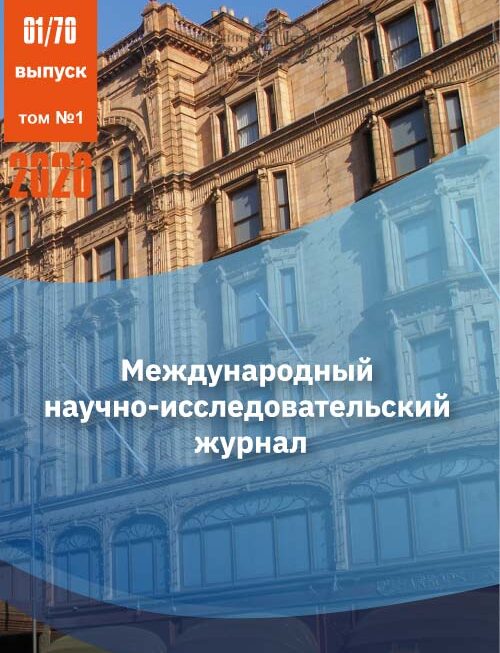MODERNIZATION OF FRUIT GROWING IN THE URALS ON THE TERRITORY OF THE VIGOR PATRONAGE CENTER, POLEVSKOY, SVERDLOVSK REGION
Abstract
Preservation of plant biodiversity ex situ is currently the most effective and common method. It is possible to preserve plants in living collections associated with individual stages of the life cycle of plants (seeds, pollen) and their natural adaptation for a long time to maintain viability.
New varieties of apple, pear, cherry, plum are capable of producing high yields of high-quality fruit in the orchards of the Urals and Cis-Urals, provided that suitable warm areas are selected on the elevated elements of the fields.
The laying of the orchard on the territory of the Patronage Center of Polevskoy is part of the field gene pool, which is under the constant control of scientists from the experimental gardening station in the Sverdlovsk Region, where the material for the research has been kept alive. Plants grow in natural conditions.
References
stograd.su (September 22, 2016) Presentation of the Patronage of the object center "VIGOR"
sadovodstvo@list.ru (ot12 November 2016)
Kotov LA, "INNOVATION RESULTS
SOZDANIYAURALSKIH varieties of fruit pome KULTURKAK basis of modernization FRUIT IN THE URALS"
Ahmethanov VF Coursework "tab of fruit garden in the conditions of Ural" Ekaterinburg 2012
Vigorov LI Vitamins on the branches, Sverdlovsk, 1969, p.151.
Cats LA Value and contemporary perspectives of development of fruit growing in the Urals .// Konyaevskie reading. Coll. Articles All-Russian Conf. Ekaterinburg, Publ UrGSHA 20
Cats LA Tarasova GN Catalogue "varieties and agricultural machinery fruit, berry and ornamental crops for the Urals", Yekaterinburg 2011
Michurin IV Letters: "For gardeners the Urals and Siberia", "How to grow fruit trees in the Urals", 1928
«Farmland» № 3, 2006
Proceedings of the International Ecological Congress "New Ecology and life safety." St.
Petersburg, 2000, p. 420.
"Ural gardener» № 18, 2015
“ Ural gardener “, № 13, 2009
CC BY-ND
A work licensed in this way allows the following:
1. The freedom to use and perform the work: The licensee must be allowed to make any use, private or public, of the work.
2. The freedom to study the work and apply the information: The licensee must be allowed to examine the work and to use the knowledge gained from the work in any way. The license may not, for example, restrict "reverse engineering."
2. The freedom to redistribute copies: Copies may be sold, swapped or given away for free, in the same form as the original.







